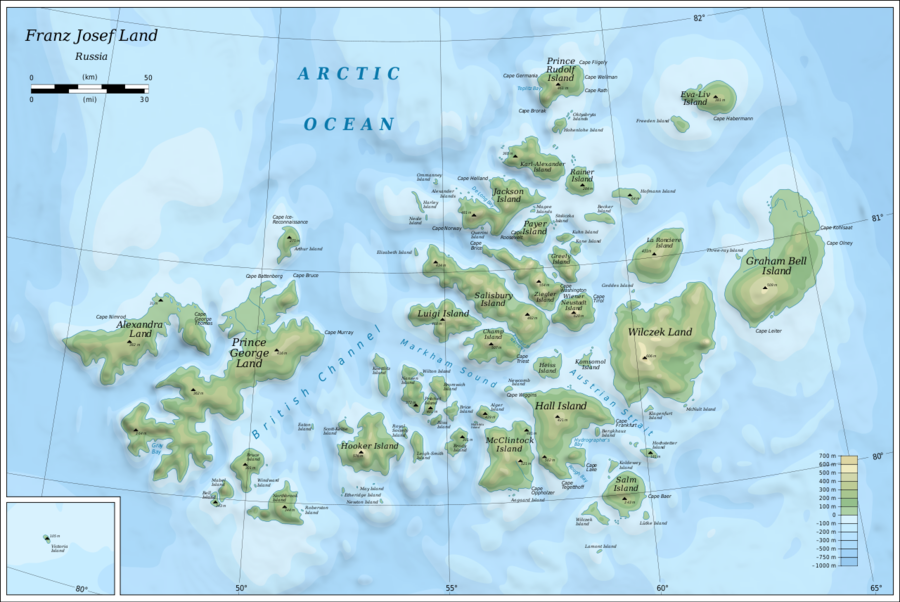Russia’s Franz Josef Land in the Arctic may become major tourism alternative to Spitsbergen

The world’s northernmost archipelago, Russia’s Franz Josef Land, could be a key tourist attraction in the Arctic, according to the International Union of Arctic and Far East’s Marine Natural Reserves.
Its managing director Valery Korovkin told a tourist forum in Vorkuta that “the Franz Josef Land Archipelago may become a wonderful alternative to Spitsbergen,” pointing out that this is the opinion of many experts. He explained that “every other tourist visiting Spitsbergen wants to visit Franz Josef Land.”

According to Korovkin, by serving tourists every year, Spitsbergen earns an equivalent of five billion rubles ($74.5 million), with the international airport there serving about 80,000 tourists. “From the Norwegian side, everything is ready and works fine, so we should have a similar tourist center on the Russian side, especially since we all know about the high tourist interest to the archipelago,” he said.
Franz Josef Land is part of Russia’s Arkhangelsk Region, and a part of the Russian Arctic National Park. It was discovered in 1873 during an Austrian-Hungarian expedition of Julius Payer and Carl Weyprecht, and in 1914 became part of Russia. In the 20th century, Franz Josef Land became an Arctic scientific center with polar research stations.
Located in the Arctic Ocean, Barents Sea and Kara Sea, the archipelago consists of 191 islands, with a combined area of 16,134 square kilometers.

Franz Josef Land is significantly colder than Spitsbergen, which experiences 8 °C (14 °F) warmer winter averages, but is warmer than the Canadian Arctic Archipelago.

There are 33 species of fish in the waters off the archipelago (none of which are abundant or commercially exploitable) as well as 41 species of birds. The polar bear population of Franz Josef Land lies within the Barents Sea subpopulation, which also includes polar bears inhabiting Svalbard and the western coast of Novaya Zemlya.

The island has rich biodiversity of rare marine mammals. Three species of seals inhabit the archipelago. Minke whales, humpback whales, and beluga whales are commonly seen around the island, and less commonly orcas and narwhales. The bowhead whale can occasionally be seen there.
For more stories on economy & finance visit RT's business section














